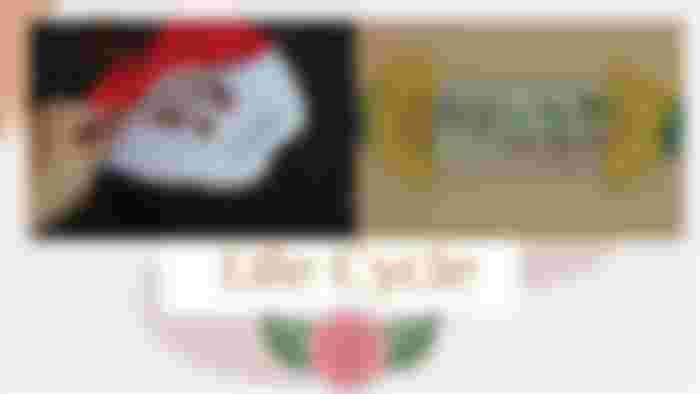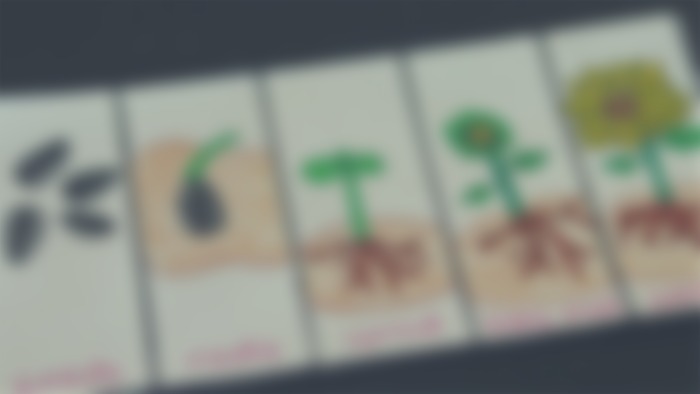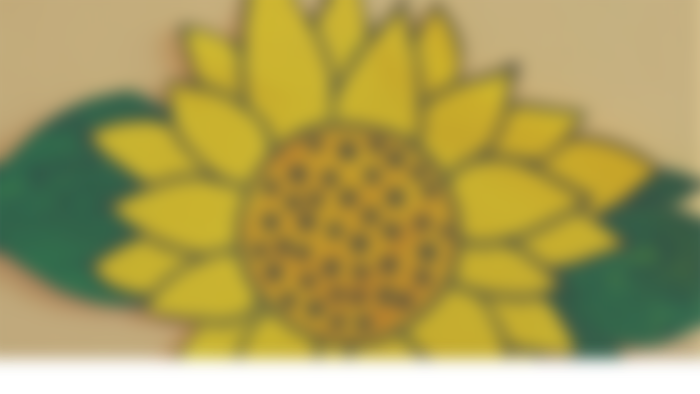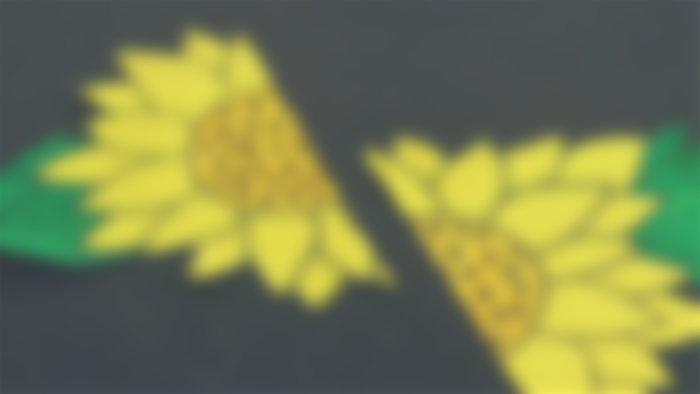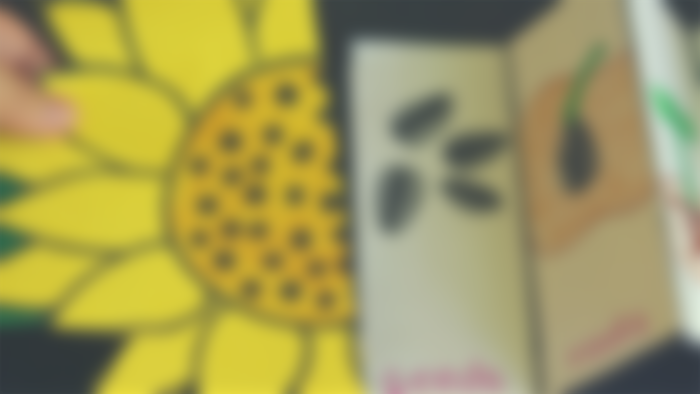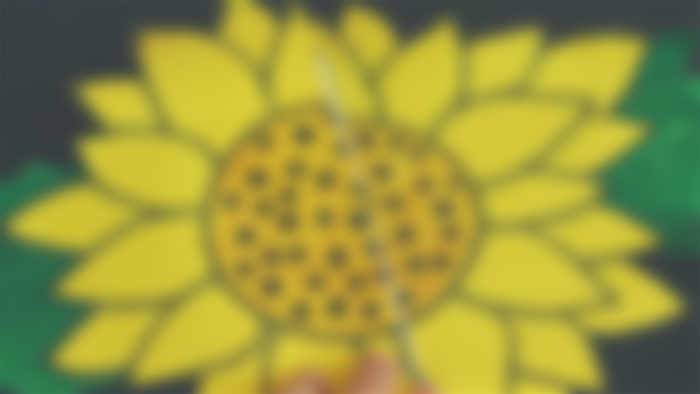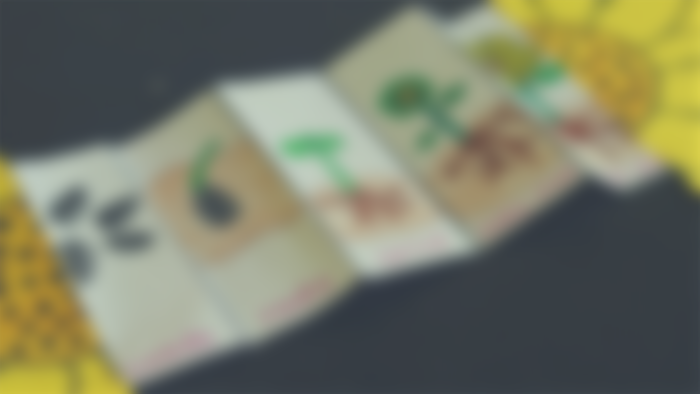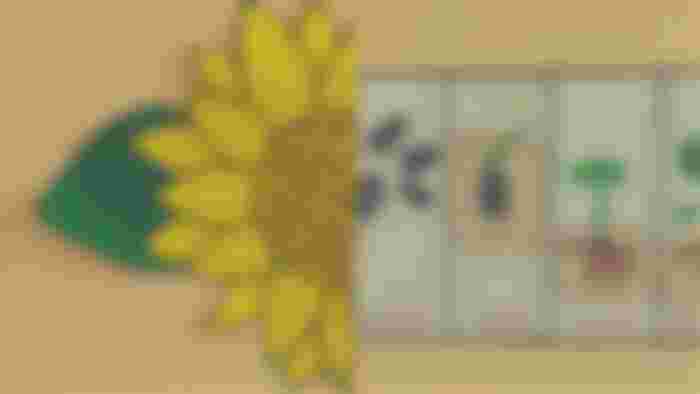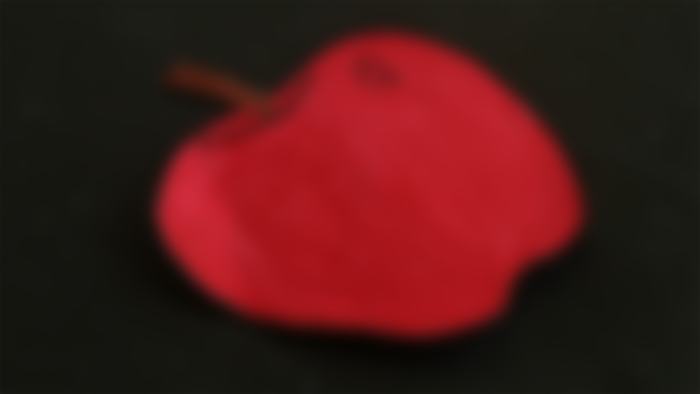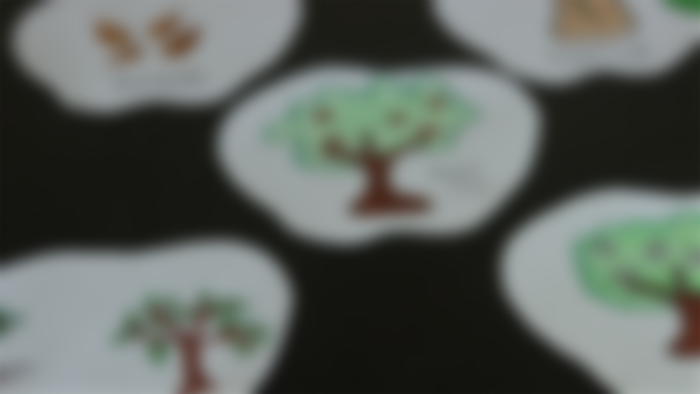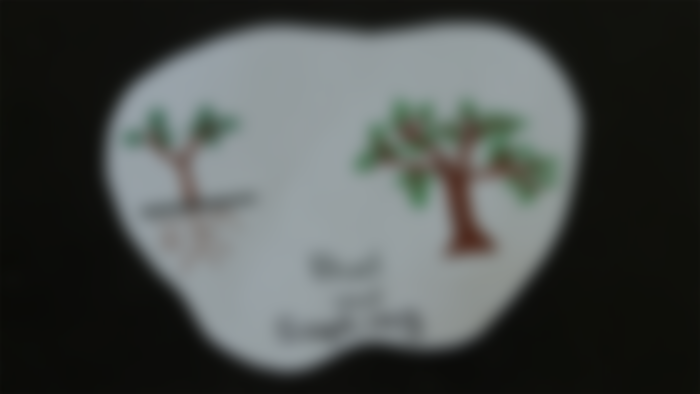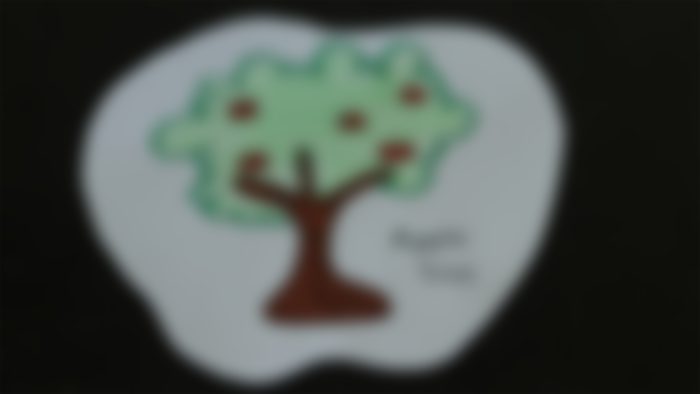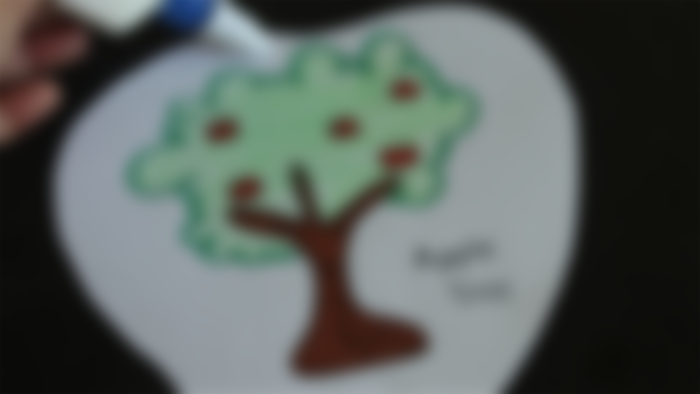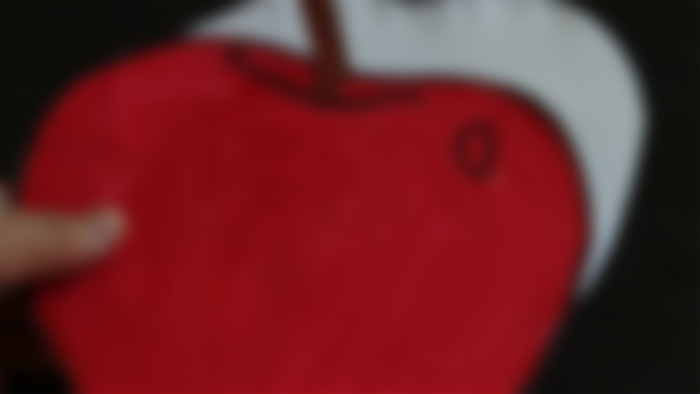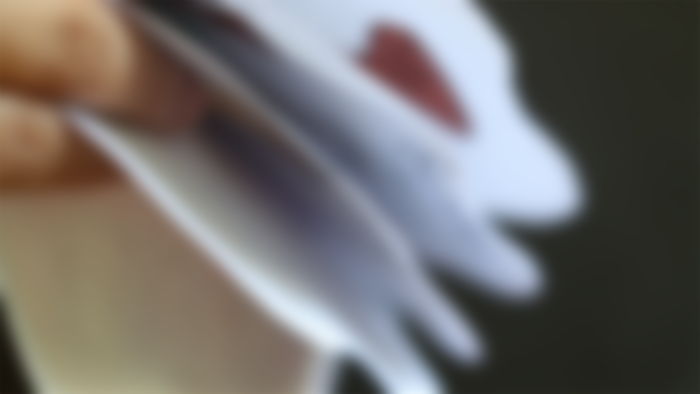
In the past few days, I had a busy schedule and no wonder on weekends. Every time I do blogging, I love the area where I am facing the trees it helped me to get focus on my work. Staying alone in the house during the daytime is not easy because there are times boredom strikes but I want to make it into a productive day. Instead of sleeping or wasting my free time on useless things, I ended on doing DIY crafts and I just love how Read.cash has been the bridge to transport my ideas, skills, and creativity to the community. I will continue to share tips to both parents and children in homeschooling.
Tonight, we are exploring Science. We are going to make something creative on how are we going to present a life cycle of a living thing. I chose apple and sunflower because they are my favorites. It is a good strategy if we will teach our kids how the plants, fruits, and vegetables develop. By looking at our surroundings, some of us were surrounded by green scenery which is soothing to look at with our eyes. So join me for a science lesson.
I really wanted a kid to draw these beautiful drawings but sad to say my place has fewer children and I cannot let myself be with a kid since I am new to the place and I don't usually go out for safety as well. So some of you may wonder where all this art stuff I made will be distributed? well, I give it to kids and let them learn from it on weekends. I make sure that it matches according to their levels.
Photographed and art work by : @Donnabel8.-

My target for this activity is for children that's why terms or vocabulary I will use will be basic and easy to understand. To begin with, we are going to divide the paper into five sections. There will be respective stages on each page about the life cycle of a sunflower. Every side should be marked or bold with a marker. You can have your own choice of colors.

I quickly draw it since it's easy and simple. Let's not make it complicated so that it is achievable especially the young learners. Let's always remember to make our drawings visible so that the students will easily identify what it is and easy to follow.

I just love watching its simplicity. I was able to use common colors such as black, brown, green, and yellow. Again, it will be good looking if we outline it with hard color using the markers and shade it with the light one by using the color pencils especially if your paper is too thin it might create holes if the ink excess onto the paper.

This time, let's start labeling the drawings. By writing, it will help the student to easily remember it and to learn the correct spelling of the words. The good thing about learning English is that it will not only focus on one specific topic but it integrates to others and that's what makes English is more fun.
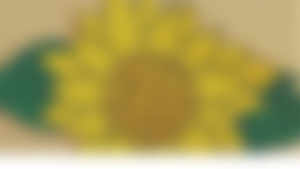
To share with you a quick and easy tip, take a yellow paper and start drawing the seeds, petals, and leaves. Instead of coloring the petals into yellow, it saves the ink. In my case, I was actually running out of yellow marker or color pencil so I have to be strategic at this time to make it successful since this drawing is one way more important too.

Let's start cutting the sunflower in half. Make sure that they are perfectly divided to create a balance of the spacing.

Start folding each part of the drawings. It should end up for something that they are folded as one.

Start folding each part of the drawings. It should end up for something that they are folded as one.

Then slowly place it on the top with white glue.

Look how it was perfectly connected as one. I just want to share some ideas on folding the paper to make sure it closes the sunflower because on my first attempt it was unsuccessful but luckily, I was able to find a way.

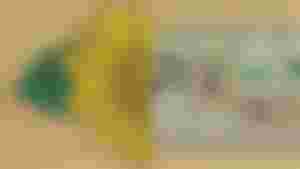
This is the finished product of my life cycle of a sunflower. It is easy to open and close by letting your two hands extending in each direction to left and right. This is a good display too on your kid's activity room.
LIFE CYCLE OF AN APPLE

Apple is the only fruit that I can eat every single day. I can still recall how my sister's doctor advised her to drink fresh apple juice every day to cleanse her gall stones. This time, I am going to teach you the simplest way to make a mini flipbook about the life cycle of an apple. You can simply draw an apple and color it to what apple you like as we all know there are red apples, yellow apples, and green apples. I was able to reuse this drawing so I decided not to draw a new one since I can utilize this.


Since the life cycle of an apple will be in 5 stages, so you must have at least 6 plain white paper. The other one is an extra just in case you will be mistaken for something. It is still better to be prepared. Then start tracing the apple on the paper and cut it nicely in an apple shape.

I forgot that I don't need the stalk of the apple so I cut it that's why you wonder it is no longer there in the second photo.






These are the following cycle of an apple ;
1. Seeds- When you slice an apple, you can see those tiny dark brown seeds from it. Those are the same seeds that you can see on the drawing.
2.Sprout- You can see from the seed, there is something small plant growing with a leaf or leaves. It shows a new beginning.
3. Bud and sapling- In bud, you can see those thin roots are growing underground and leaves too on the top, and in a sapling, the roots are now getting firm and more leaves are growing on each branch of the tree.
4.Blossom tree- We can start to witness the small flowers are growing on the tree.
5.Appletree- Finally, we can look at those red apples hanging on the tree. Planting and Harvesting apples will take a longer time compared to those normal plants or trees.


I want you to put white glue on each top of the paper to combined it all together and the last part will be the cover page of your flipbook which is the red apple. Now you can start teaching your child by flipping each page and telling them about the life cycle of an apple.

I advised if you have actual plants from your garden, you can try some flowers and let your child answer your questions. By this, we can see if our way of teaching is effective and be long-term to your child meaning, the lessons he or she learned remained in her memories.
